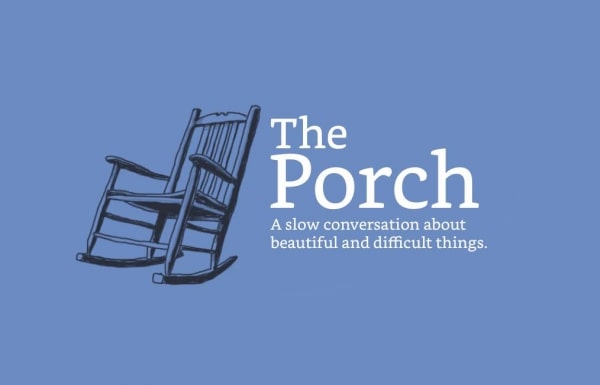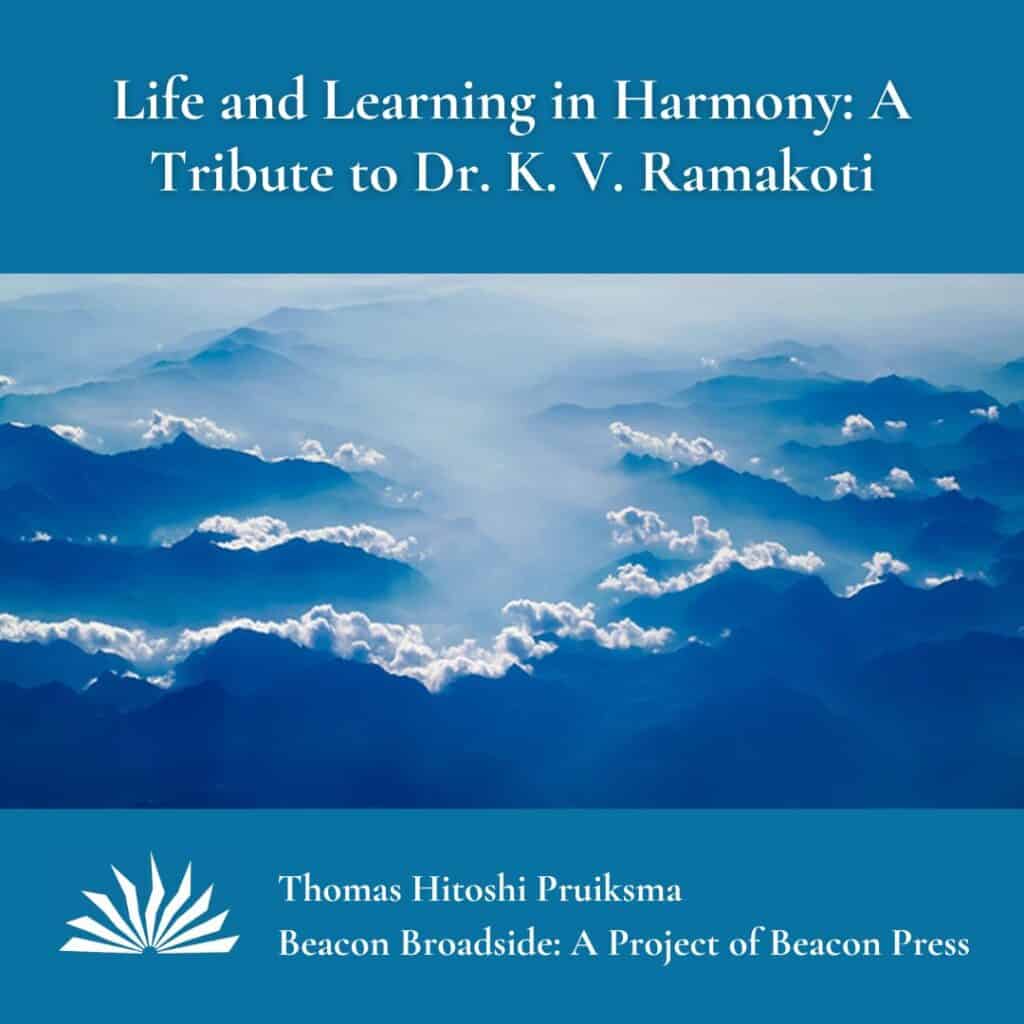I was delighted to write about verse 1027 from the Kural in the wonderful online magazine The Porch: A Slow Conversation about Beautiful and Difficult Things.
You can read the essay here:
https://www.theporchcommunity.net/recent/2024/4/17/who-bears-the-weight-thomas-hitoshi-pruiksma
You can also listen to verse 108 here:
From chapter 103, “Serving Family.”
Translated from the Tamil by Thomas Hitoshi Pruiksma
THE KURAL: Tiruvalluvar’s Tirukkural
Beacon Press, Boston



